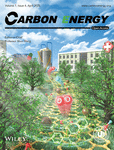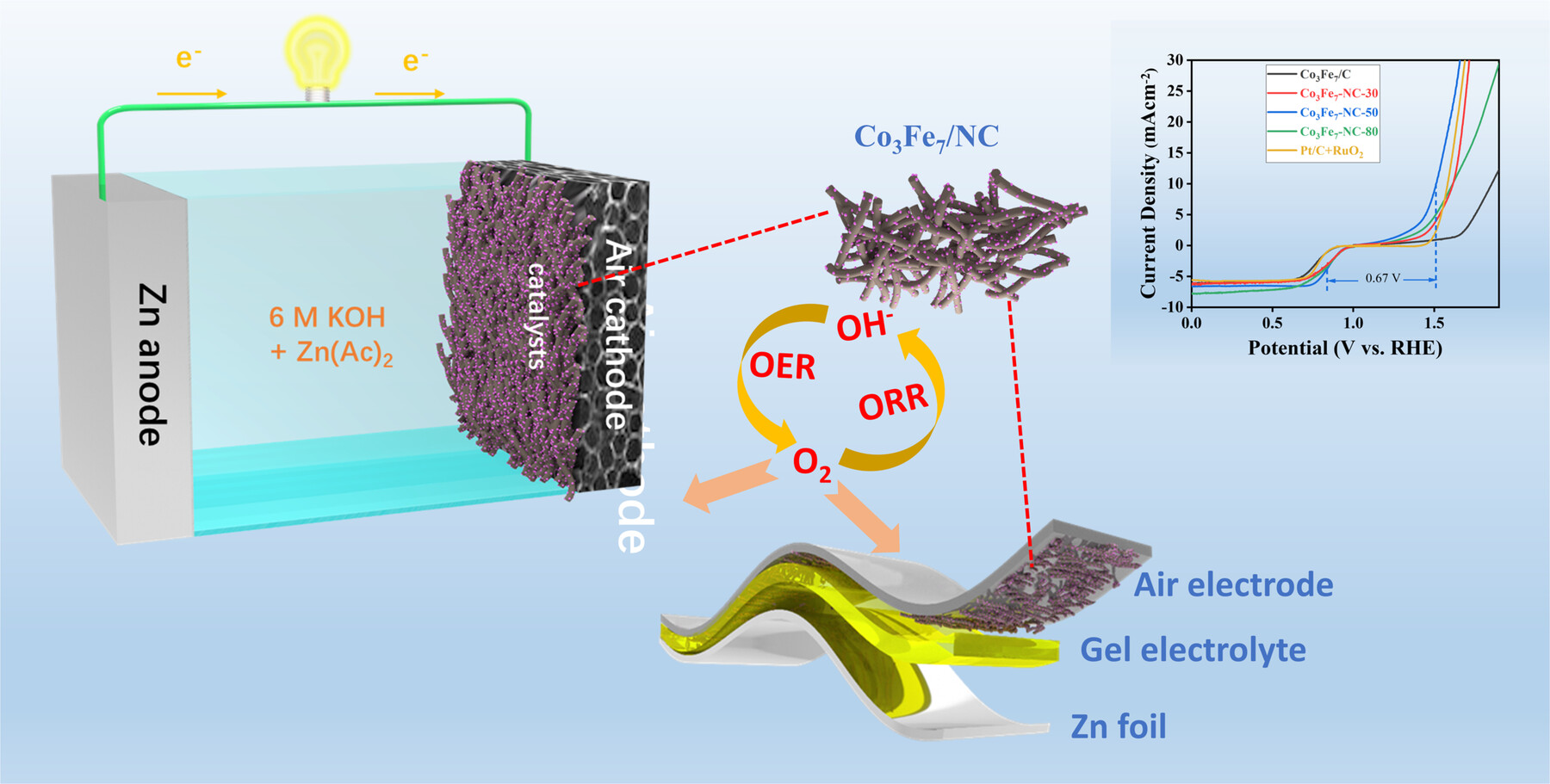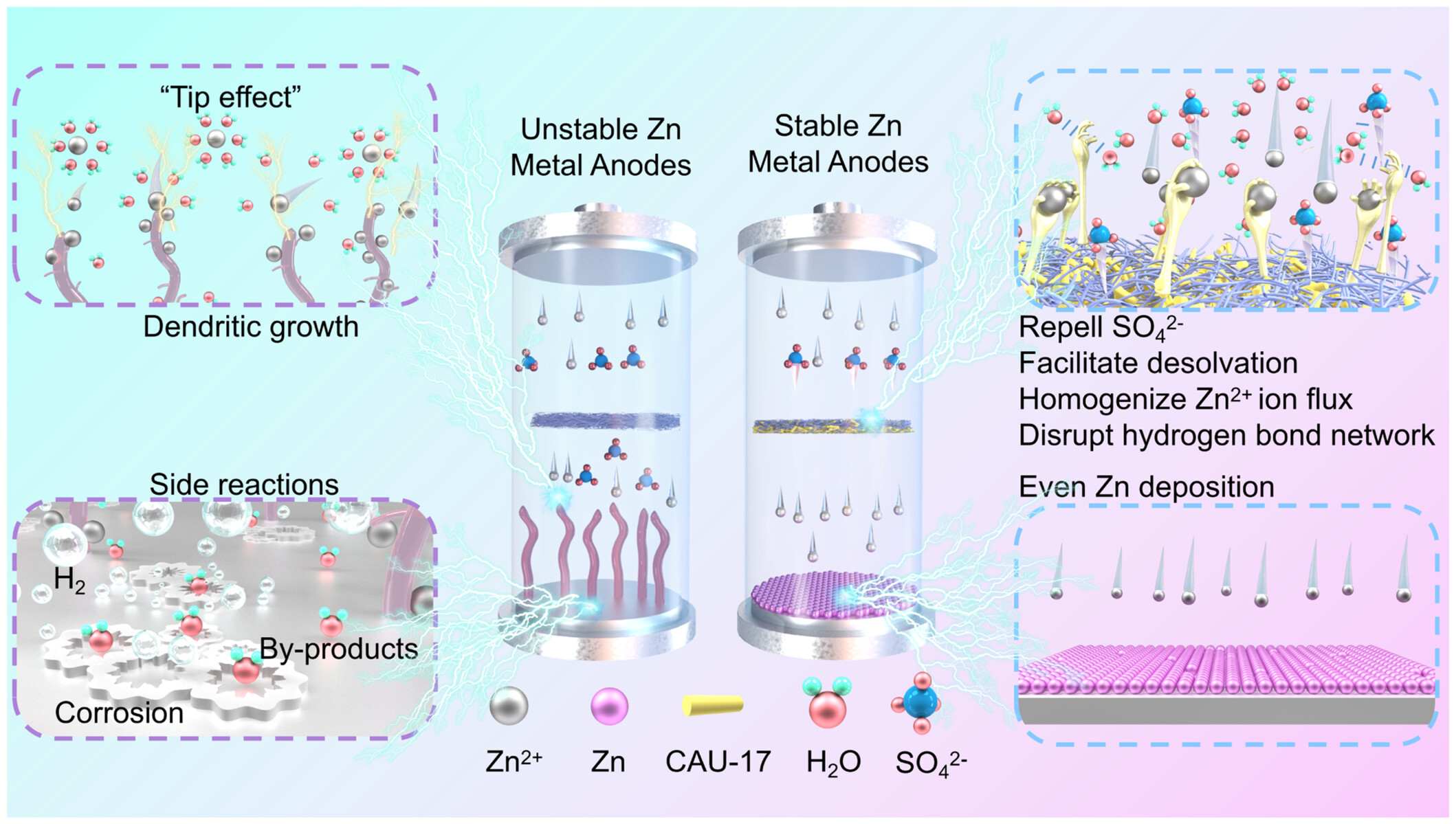Journal list menu
Export Citations
Download PDFs
COVER
Cover Image, Volume 7, Number 4, April 2025
- First Published: 29 April 2025
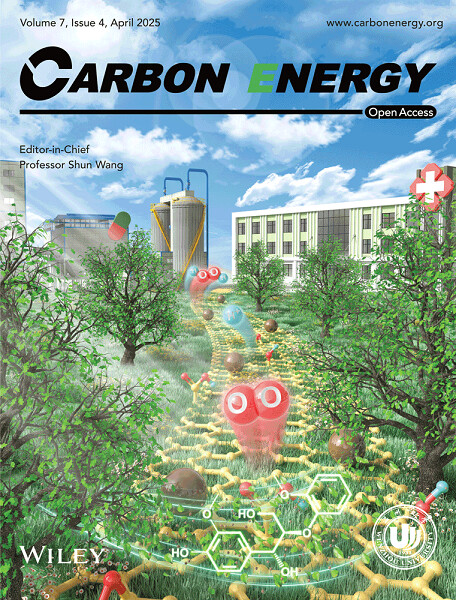
Front cover image: The development of lignin-based photocatalyst has become a cutting-edge strategy towards the high-value H2O2 production. However, the enhanced catalytic efficiency and stable environmental adaptability are crucial for the establishment of comprehensive photocatalytic H2O2 production system. In article number cey2.666, Xiao et al. propose a new-type lignin-based photocatalyst assisted by graphene oxide and delve into the pathways and mechanisms of the optimized photocatalytic process, providing scientific guidance for the development of a green, low-carbon, and circular economy.
BACK COVER
Back Cover Image, Volume 7, Number 4, April 2025
- First Published: 29 April 2025
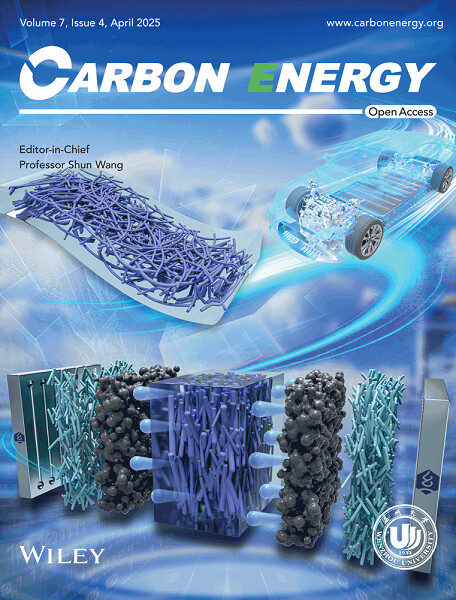
Back cover image: Fuel cells are electrochemical energy conversion devices that promise clean routes of generating energy for enabling carbon neutrality. The electrolyte membrane medium sandwiched between two electrodes plays a vital role in improving their conversion efficiency and the durability. In the article number cey2.677, Liu et al. provide a comprehensive overview on recent advances in nanofiber-based polyelectrolyte membranes for fuel cells. Emerging strategies for the use of electrospun nanofibers and natural nanofibers as proton-exchange membranes and anion-exchange membranes are carefully outlined, respectively. The key challenges and potential solutions in such fields are finally presented.
ISSUE INFORMATION
REVIEW
Nanofiber-based polymer electrolyte membranes for fuel cells
- First Published: 23 January 2025
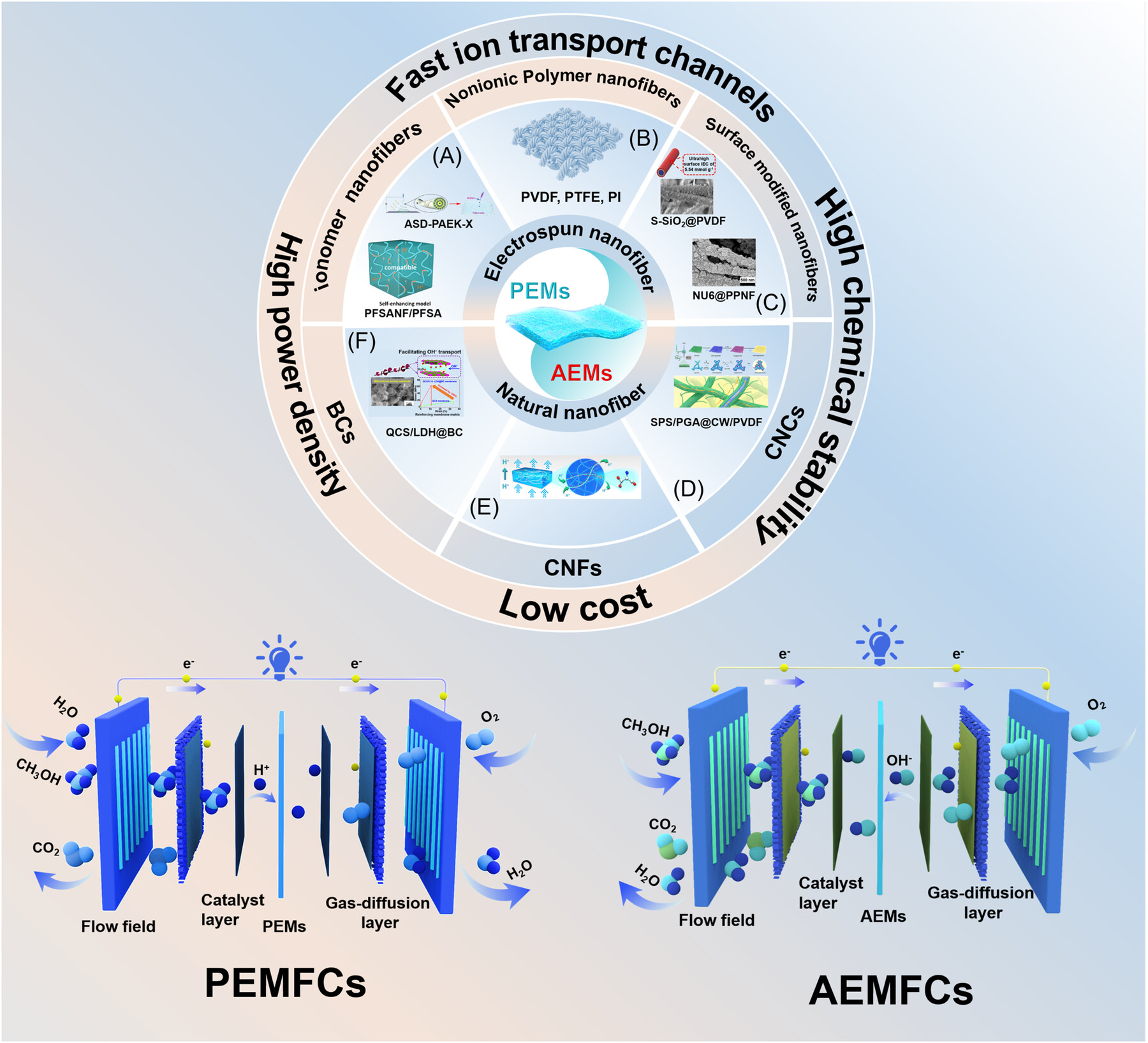
Recent advances in electrospun nanofibers and natural nanofibers for fuel cell polyelectrolyte membranes are systematically summarized. Both advantages and disadvantages of nanofiber-based polyelectrolyte membranes are also highlighted in improving the performance of fuel cells (PEMFCs and AEMFCs) and practical applications.
RESEARCH ARTICLE
Boosting lignin-based photocatalyst with photocorrosion resistance for efficient H2O2 production via hetero-interfacial π-π stacking channels
- First Published: 06 January 2025
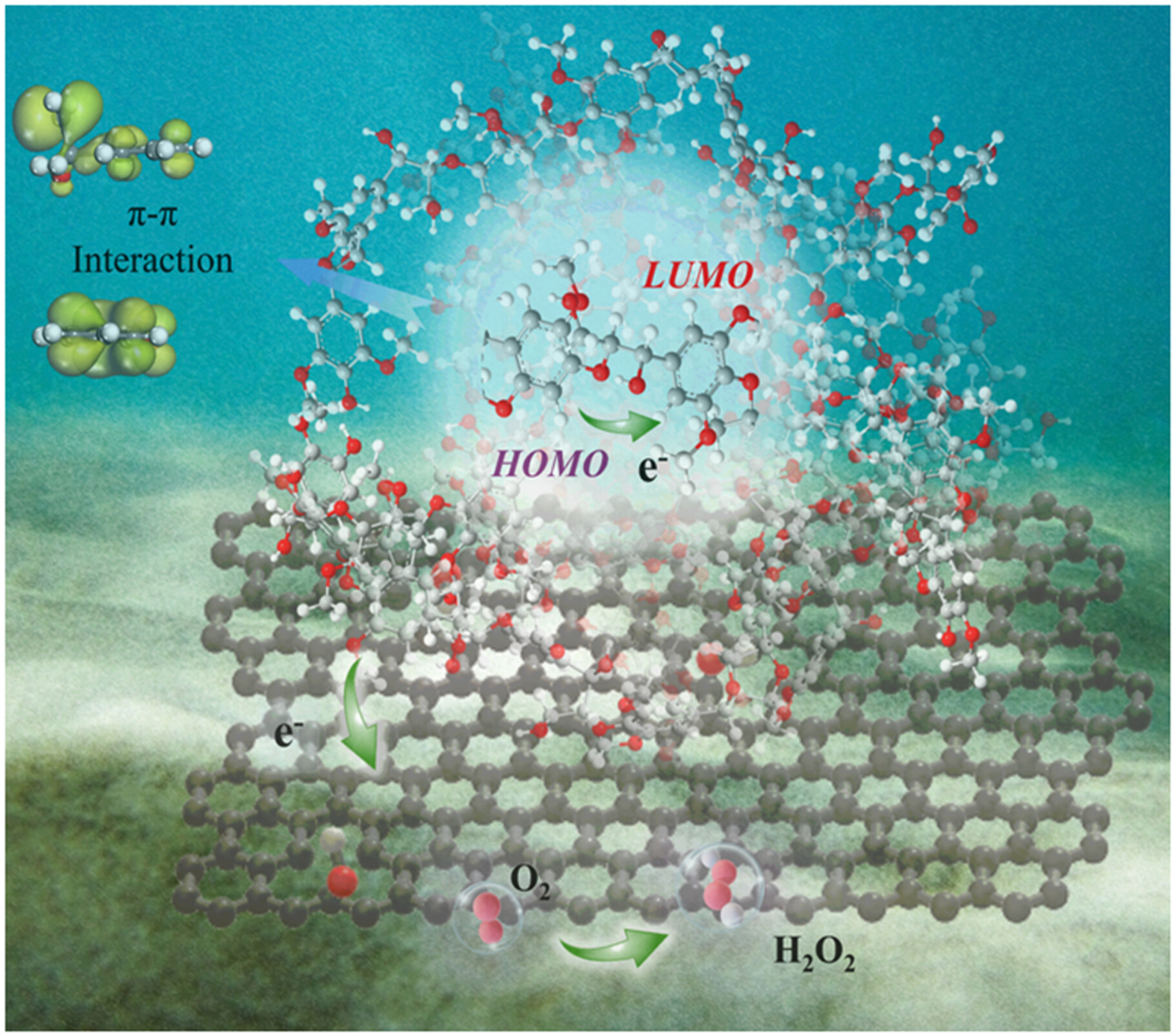
A mechanism for GO-assisted photoelectron transition between HOMO and LUMO energy levels in lignin for efficient photocatalytic H2O2 production is proposed. The source of photo-response activity, intensity index, strategies to prolong photoelectron recombination time, energy band optimization, the complete H2O2 production process, and the photocatalytic performance evaluation system are elaborated.
Host–Guest Engineering of Dual-Metal Nitrogen Carbides as Bifunctional Oxygen Electrocatalysts for Long-Cycle Rechargeable Zn-Air Battery
- First Published: 27 February 2025
Tuning Oxygen Vacancies by Construction of a SiO2@TiO2 Core−Shell Composite Structure for Boosting Photocatalytic CO2 Reduction Towards CH4
- First Published: 27 February 2025
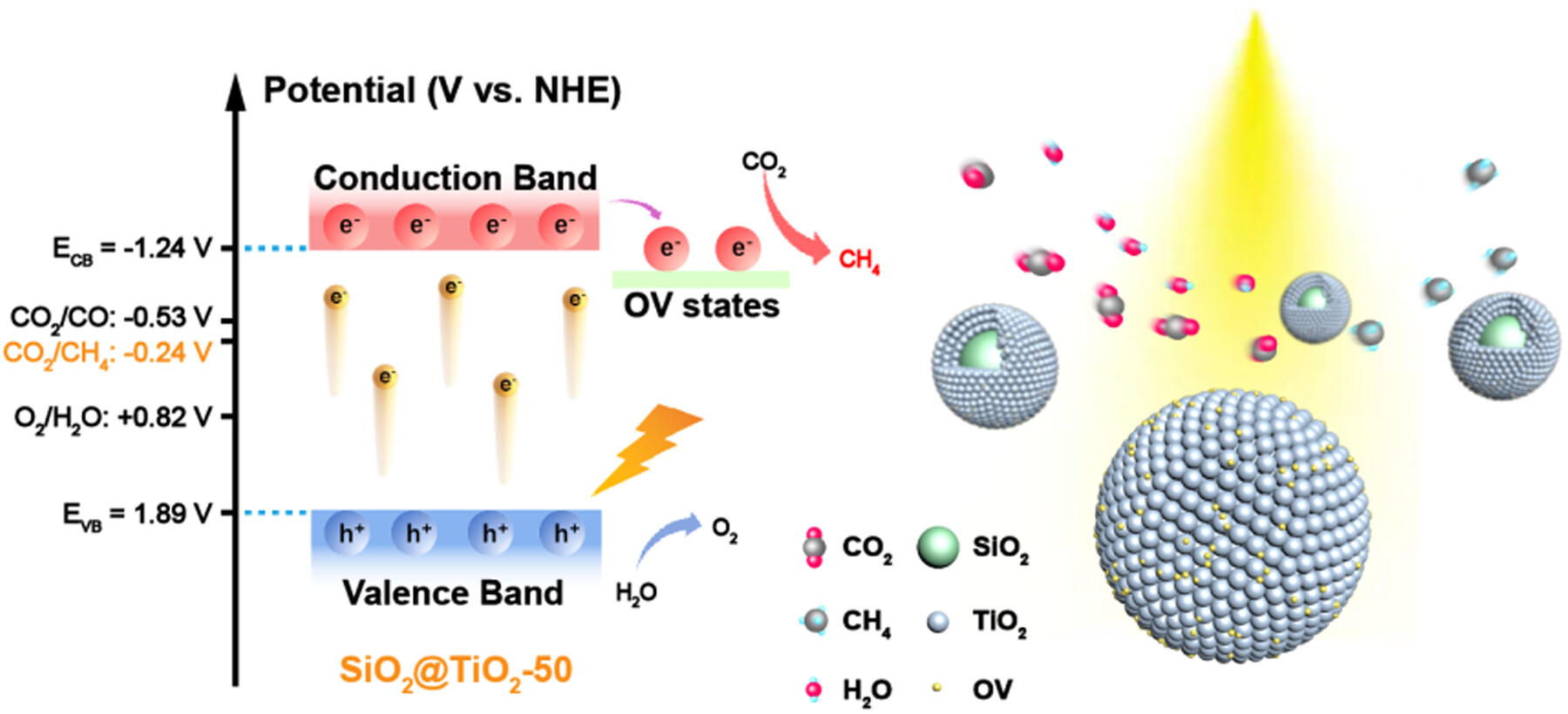
In this work, we describe the construction of a SiO2@TiO2 core–shell composite structure through a controlled growth strategy to achieve the precise modulation of the oxygen vacancy (OV) concentration in TiO2. The abundant Ti–OV–Ti dual sites enable not only efficient adsorption and activation of CO2 but also a stable adsorption configuration of the *CHO intermediate, thereby contributing to remarkable catalytic activity and selectivity for photoreduction of CO2 towards CH4.
UV to IR Continuous Photocatalytic Gas-Phase CO2 Hydrogenation Over Ni-Doped Molybdenum Oxysulfide: An Experimental and Mechanistic Study
- First Published: 28 February 2025
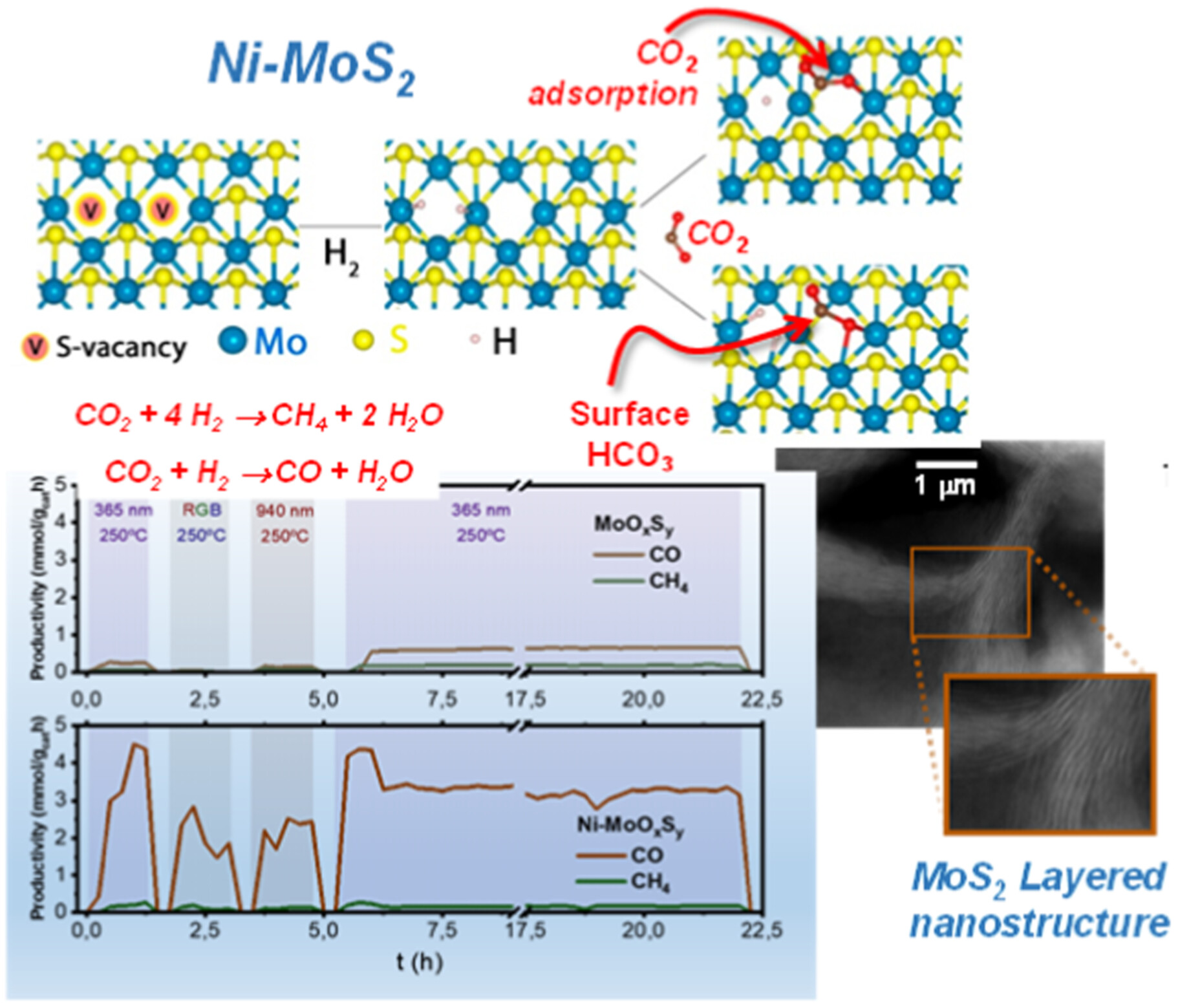
Low crystalline Ni-doped molybdenum oxysulfide (Ni–MoOxSy) with 2H–MoS2 structure is synthesized using a hydrothermal procedure. This material shows continuous photocatalytic activity toward CO2 reduction under LED illumination from UV to IR to produce CO and CH4 with high conversion rates. Experimental data and theoretical calculations show reaction paths and intermediates of the photocatalytic process.
REVIEW
Insight Into Pre-Intercalation of Layered Vanadium Oxide Cathodes: From Precise Control of the Interspace to Related Electrochemical Performance and Beyond
- First Published: 27 February 2025
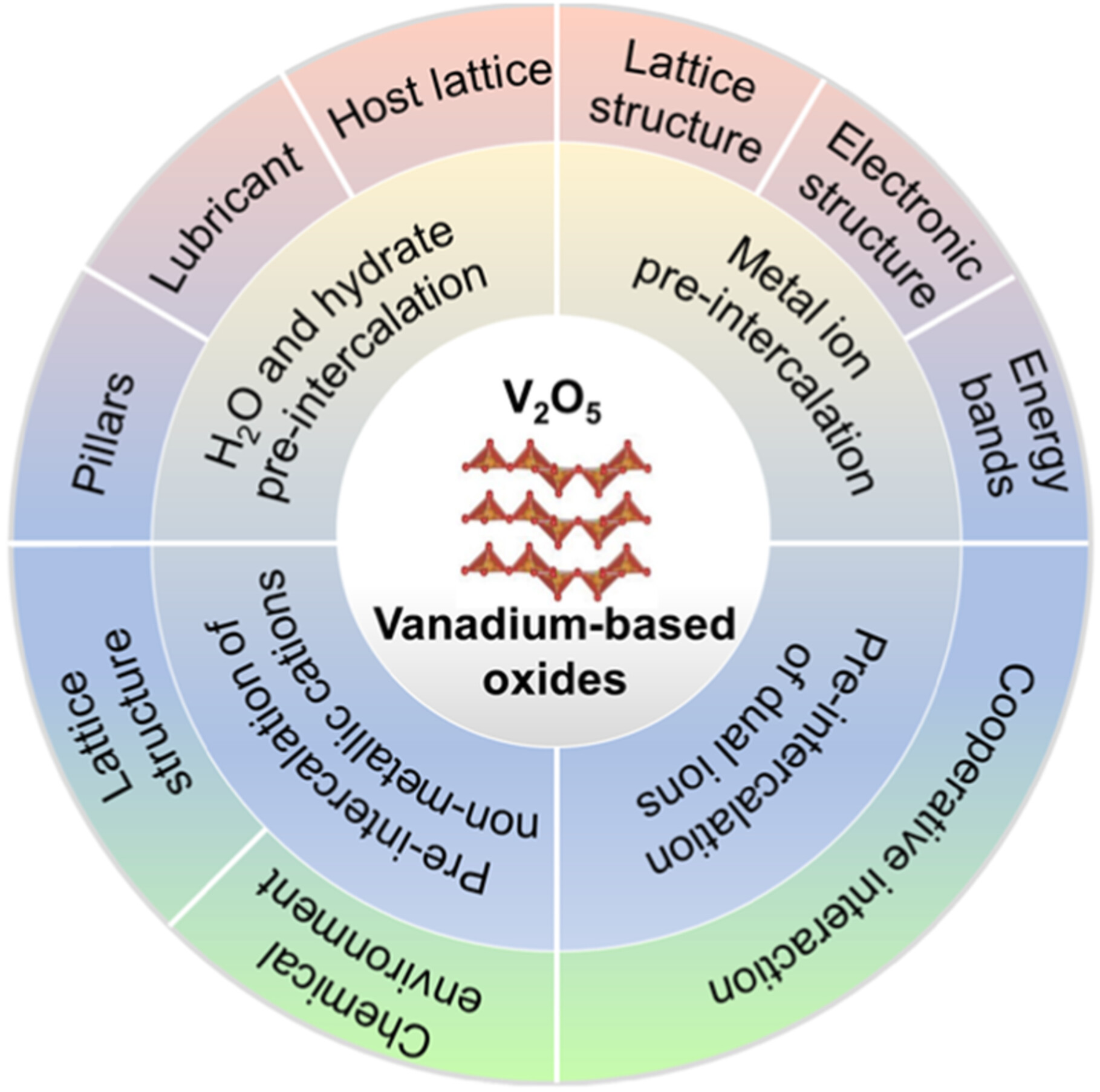
Pre-intercalation is the mainstream approach to inhibit the structural degradation of Zn-ions migrating in the vanadium oxide cathode of aqueous zinc-ion batteries (AZIBs). This paper reviews the latest advancements in vanadium oxide pre-intercalation for AZIBs and discusses the relationship between the interspace and the electrochemical performance, providing insights into the design of pre-intercalated vanadium oxide cathodes.
Recent Advances in Single-Atom Catalysts for Photoelectrocatalytic Water Splitting
- First Published: 26 February 2025
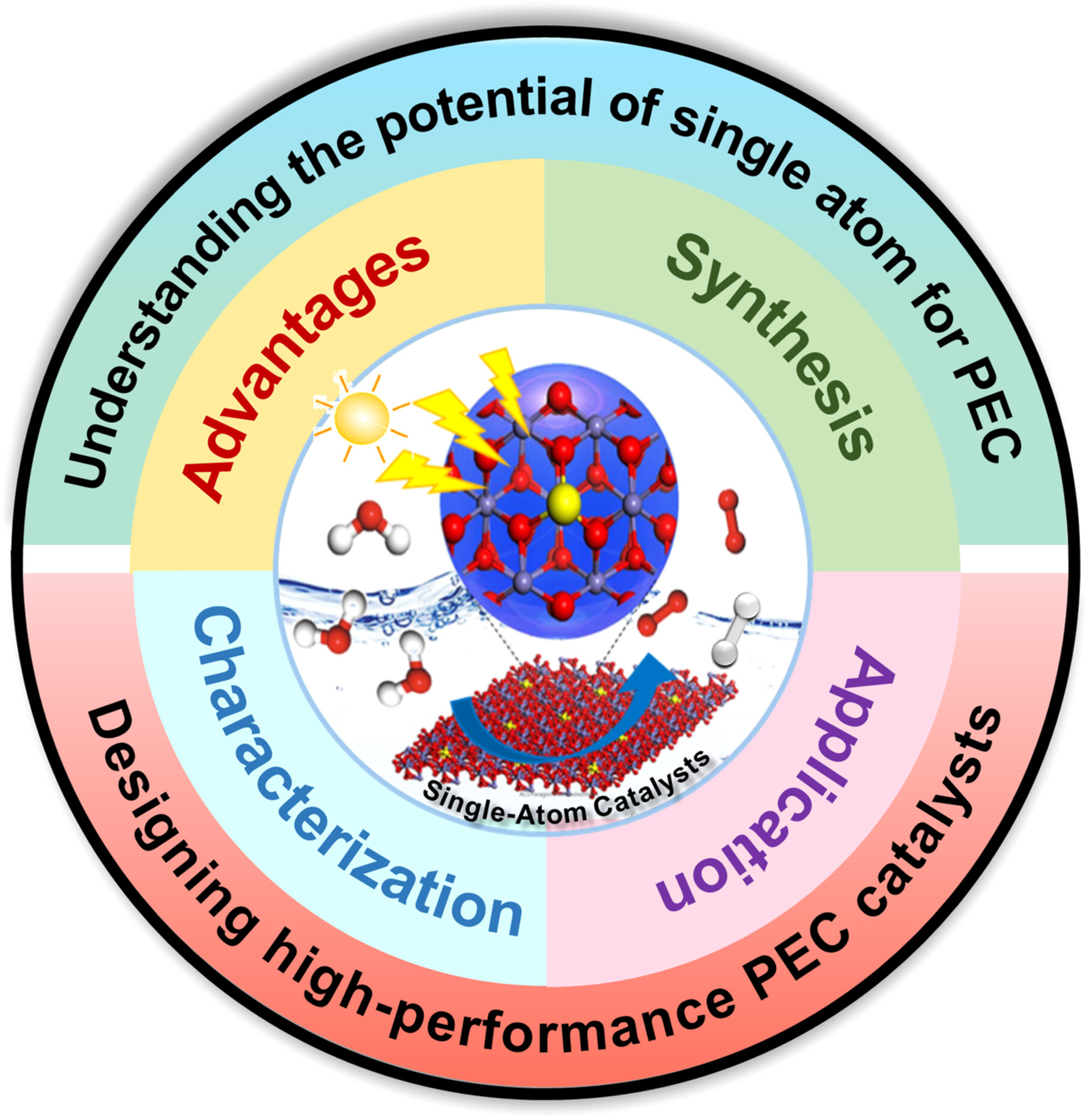
Recent breakthroughs in the development of single-atom catalysts for photoelectrocatalytic water splitting are reviewed. The potential design principles and strategies for the future development of SACs in PEC are proposed. In the end, we discuss the challenges and perspectives regarding fundamental research and advances to provide insights and guidelines for this emerging field.
RESEARCH ARTICLE
Unleashing high-efficiency proton storage: Innovative design of ladder-type organic molecules
- First Published: 26 February 2025

A fully ladder-type, centrosymmetric organic molecule has been designed and engineered, featuring an optimized electronic configuration, extensive electron delocalization, and robust structural integrity. As an electrode material, it provides an exceptional proton-storage capacity of 311.9 mAh g−1, characterized by high stability and an active utilization rate of 89%. This performance is enabled by a significant 8-electron transfer mechanism.
Additive-Free Ti3C2Tx MXene/Carbon Nanotube Aqueous Inks Enable Energy Density Enriched 3D-Printed Flexible Micro-Supercapacitors for Modular Self-Powered Systems
- First Published: 21 March 2025
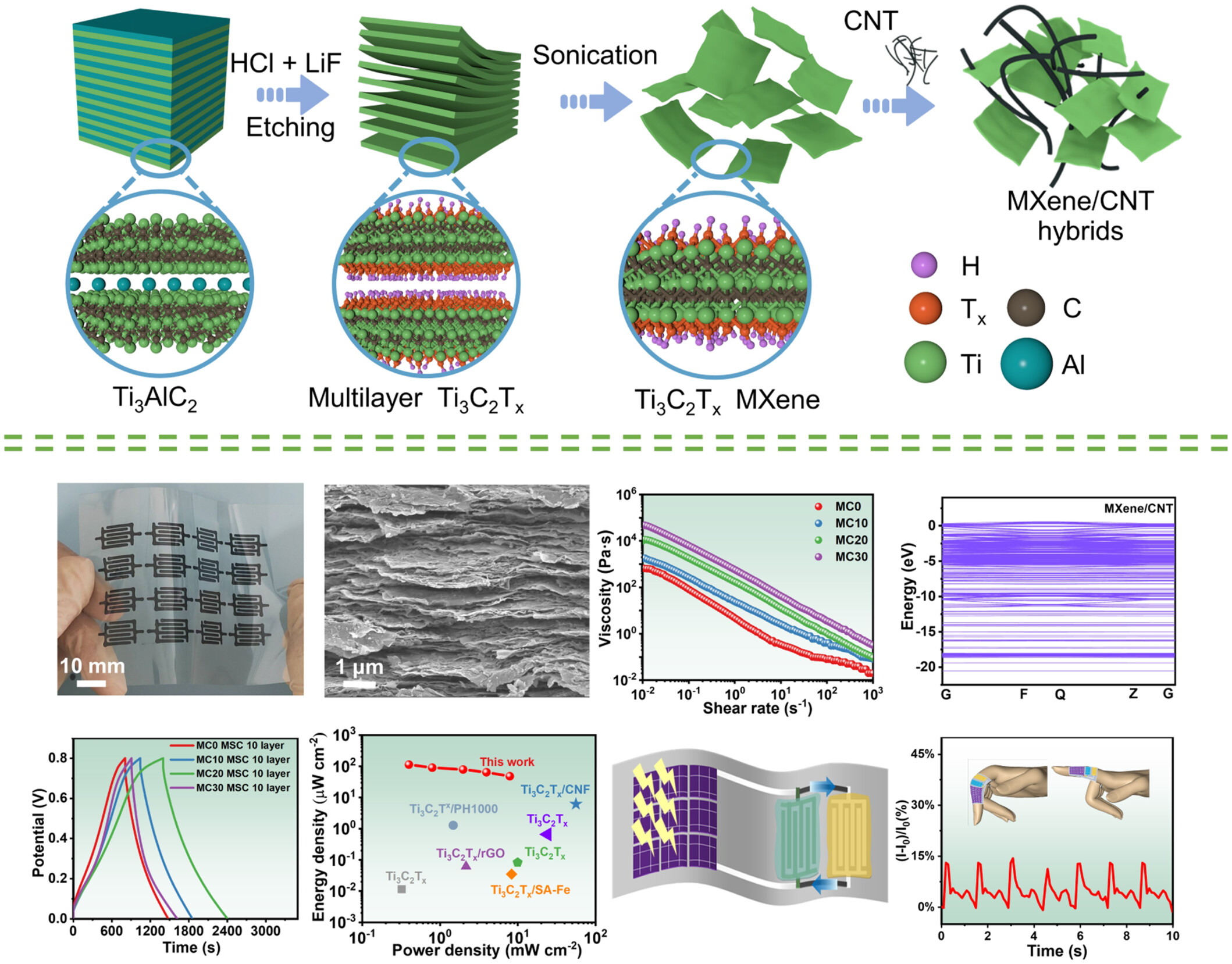
An additive-free, highly printable, viscosity-adjustable, and environmentally friendly MXeneMXene/CNT/CNT hybrid aqueous ink has been successfully developed for 3D printing. The resulting micro-supercapacitors deliver outstanding electrochemical performance and hold great potential for self-powered integrated systems.
A Self-Recognition Separator for Ion Management to Customize Selective Zn2+ Channels Toward Dendrite-Free Zinc Metal Anodes
- First Published: 26 February 2025
Tailoring Dynamic Surface Reconstruction on Nickel Oxalate for Enhanced Hydrogen Production and Zinc–Ethanol–Air Battery
- First Published: 26 February 2025
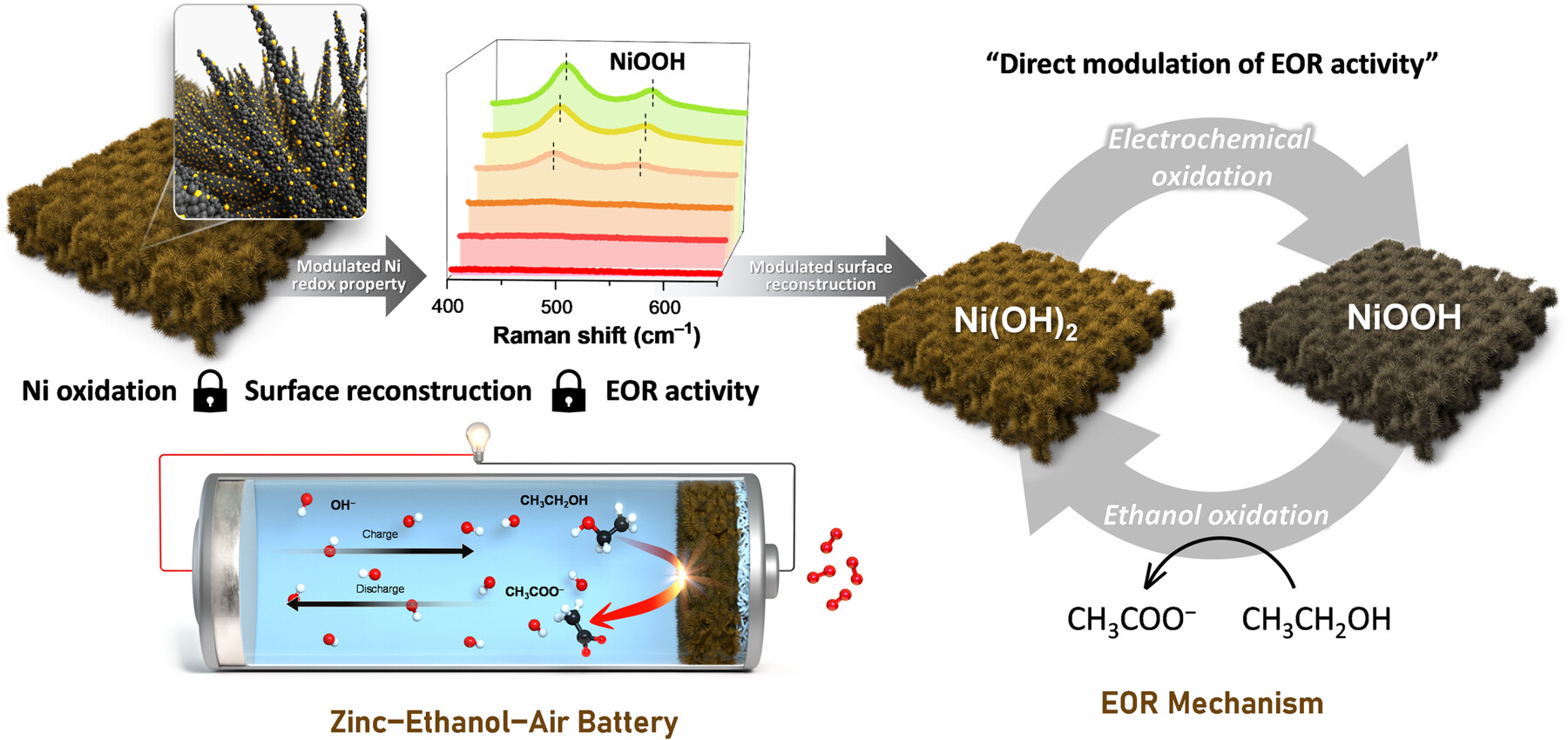
The synthesis of nickel oxalate nanostructure with tunable operational activity is demonstrated through a streamlined and scalable wet chemistry method. The correlation between dynamic surface reconstruction and catalyst activity was clarified, providing a logical approach for catalyst tuning. The reconstructed catalyst achieved the highest level of performance with high practicality in the ethanol-assisted water splitting and zinc–ethanol–air battery.
Locking Surface Dimensionality for Endurable Interface in Perovskite Photovoltaics
- First Published: 07 March 2025
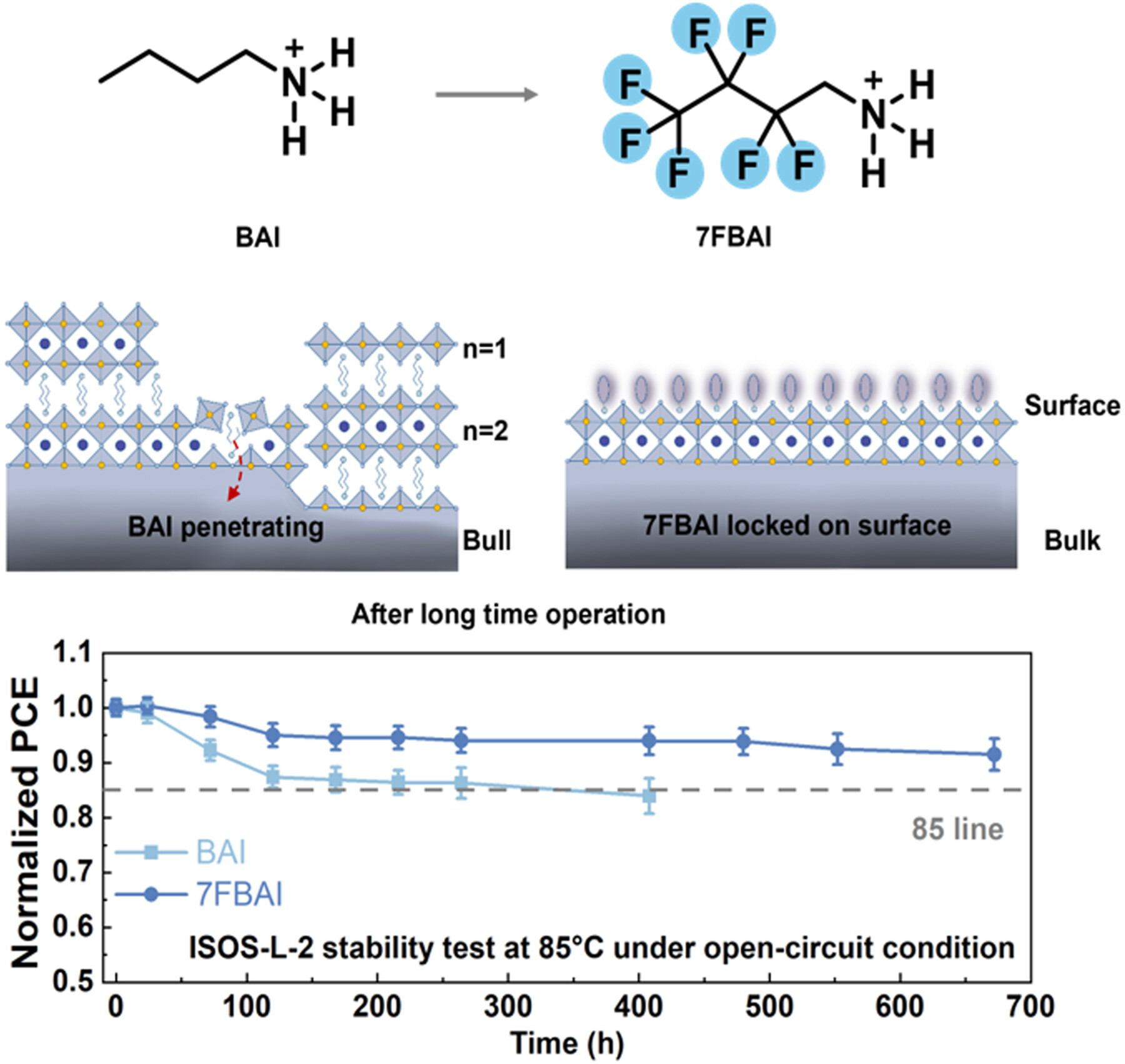
Conventional organic ammonium salts possess strong reactivity and penetration capabilities, controlling the formation of surface structures after depositing organic ammonium-based passivators presents a significant challenge. We developed a poly-fluorination strategy for surface treatment in perovskite solar cells, which enabled a high and durable interfacial phase purity after surface passivation, markedly boosting the thermal stability of the devices.




